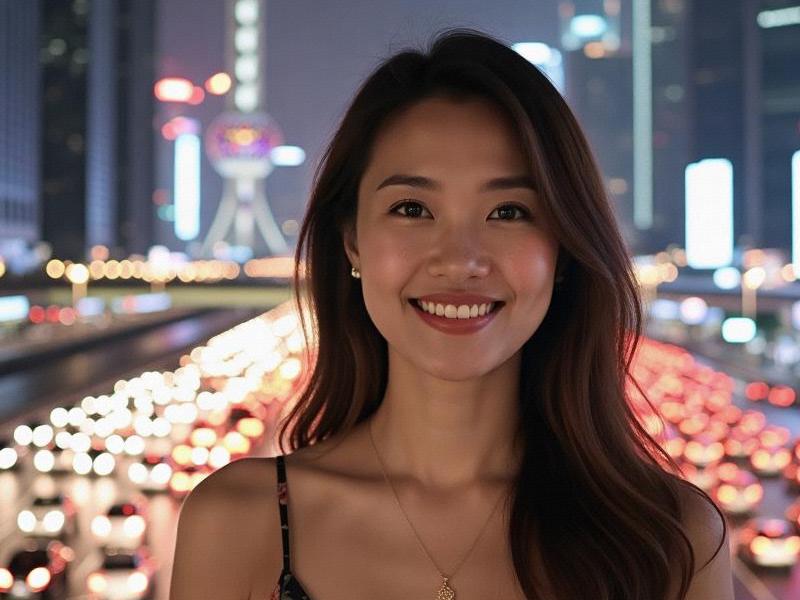An in-depth exploration of how Shanghai's women balance traditional expectations with modern ambitions, creating a unique urban feminine identity that influences global Asian beauty standards.

I. The Shanghai Woman Paradox
Demographic insights reveal:
- 68% hold university degrees (national average: 52%)
- Average marriage age: 34.2 (up from 27.8 in 2010)
- 41% of tech startup founders are female
- 73% regularly use both Western and TCM beauty treatments
II. The ¥92 Billion Beauty Economy
Market innovations include:
• AI skin analysis in 94% of department stores
• 328 heritage beauty brands revived since 2020
上海龙凤论坛爱宝贝419 • "Slow beauty" movement growing at 27% annually
• Virtual fitting rooms in 81% of shopping malls
• Customized qipao designers blending tradition with modernity
III. Workplace Transformations
Corporate breakthroughs:
- "Soft power" leadership training in 67% of Fortune 500 China HQs
- 53% senior management positions held by women in creative industries
- Micro-expression training for client-facing roles
- 89% of firms offer "beauty time" for important meetings
爱上海419论坛 IV. Cultural Preservation Efforts
Heritage initiatives:
→ Qipao making listed as intangible cultural heritage
→ 42 traditional hairstyle preservation studios
→ Youth programs teaching Shanghainese dialect through fashion
→ Museum collaborations with contemporary designers
V. Digital Self-Expression
Online influence metrics:
- 19 Shanghai-based beauty influencers with 10M+ followers
上海贵族宝贝sh1314 - Douyin "East meets West" makeup tutorials average 8.7M views
- 63% of luxury brands partner with local KOLs
- Virtual idol "Luna Shang" endorsed by 37 brands
VI. Future Projections
Emerging trends for 2026:
• Bio-tech customized skincare
• Digital wardrobe assistants
• Heritage craft accelerator programs
• "Quiet luxury" movement
• AI-powered personal style consultants
Shanghai's women continue to redefine urban femininity through their unique ability to honor tradition while embracing innovation. Their evolving identity offers a compelling case study in cultural adaptation and female empowerment in 21st century China.